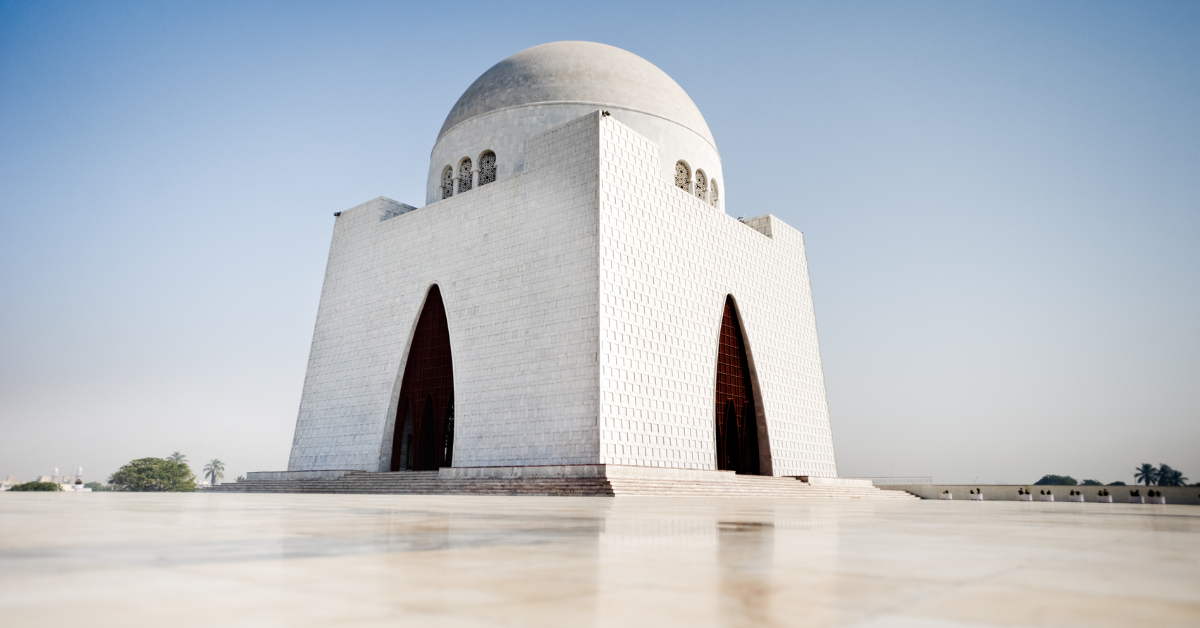Karachi, the largest city in Pakistan, is known as a hub of economy and culture. In Japanese, it is written in Katakana as “カラチ,” while in Chinese it is written as 「卡拉奇」. This difference in notation highlights how language shapes perception of foreign places.
Karachi’s Notation and Its Background
Karachi is the economic center of Pakistan and has developed as a major port city. In Japanese, Katakana notation is the standard, and Kanji characters are not used. This reflects the Japanese convention of transcribing foreign place names phonetically rather than assigning Kanji with meanings.
In Chinese, foreign names are often represented with characters, and Karachi is written as 「卡拉奇」, which serves as phonetic transcription rather than semantic representation. To Japanese readers, however, characters such as 「卡」 (card) or 「奇」 (strange/rare) carry strong meanings, which may create a sense of incongruity.
The Image Japanese People Have of Karachi
For many Japanese, Karachi is not widely recognized as a tourist destination. Thus, its image is shaped mainly through international news and economic reporting. Below is a summary of common perceptions.
| Image | Content |
|---|---|
| Economic city | Perceived as Pakistan’s largest commercial and financial hub |
| Multicultural city | Seen as a place where various ethnicities and religions coexist |
| Urban congestion | Associated with heavy traffic and rapid urbanization |
| Safety concerns | Considered risky due to certain reports on security |
In short, Karachi is perceived as a dynamic yet challenging city.
Karachi Through the Lens of Sports
Karachi is not only an economic hub but also a center for sports, especially cricket. The National Stadium Karachi is one of the country’s premier venues, hosting international matches and attracting passionate crowds.
Though cricket is unfamiliar to most Japanese, it is deeply embedded in Pakistani culture. Victories in international tournaments are celebrated as a matter of national pride, and matches in Karachi often turn the entire city into a festive atmosphere.
Other sports such as football (soccer) and field hockey are also popular, particularly among the younger generation. These activities provide both recreation and opportunities for aspiring athletes.
| Sport | Characteristics | Public Interest |
|---|---|---|
| Cricket | Hosts international tournaments at the National Stadium | Very high |
| Football (Soccer) | Local leagues and clubs are active | Moderate |
| Field Hockey | Popular in schools and community clubs | High |
Cricket stands as the symbolic sport of Karachi, enhancing its international recognition.
Karachi as an Economic City
Karachi’s economy is built around its port, textile industry, and financial sector. It handles a significant share of Pakistan’s imports and exports, making it “the heartbeat of Pakistan’s economy.”
Japanese companies also view Karachi as a potential entry point into South Asian markets, particularly in infrastructure and logistics.
| Industry | Characteristics | Relation to Japan |
|---|---|---|
| Ports & Logistics | Central hub for international trade | Used as a trade route |
| Textile Industry | Key export industry and source of employment | Supplies products to Japan |
| Financial Services | Concentration of banks and investment firms | Collaboration through trade and finance |
Ports and textiles are especially vital pillars sustaining Karachi’s development.
Chinese Notation and Japanese Perception
The Chinese notation 「卡拉奇」 is a phonetic representation rather than a semantic description. However, because Kanji inherently carry meaning for Japanese readers, words like 「卡」 (card) or 「奇」 (rare) may evoke unintended associations that do not match the city’s actual identity.
For this reason, Japanese maintains the Katakana notation to avoid misinterpretation.
Expanding Japan–Karachi Relations
Beyond economics, Karachi and Japan are gradually expanding ties in education, research, and sports. Student exchanges, joint academic projects, and international sporting events are opportunities for deeper engagement.
| Field | Form of Exchange | Expected Impact |
|---|---|---|
| Education | University partnerships and student programs | Human resource development and cultural understanding |
| Economy | Growth in trade and investment | Market expansion on both sides |
| Sports | Cricket and football exchanges | Mutual cultural awareness |
Such multifaceted exchanges may transform Karachi in Japanese eyes from “a distant place” to “a close partner.”
Conclusion
In Japanese, Karachi is written in Katakana as “カラチ,” and there is no official Kanji notation. In Chinese, however, it is written as 「卡拉奇」, purely as a phonetic transcription.
For Japanese, Karachi evokes mixed impressions: a vibrant economic powerhouse but with safety concerns. Yet, through sports and cultural exchange, new and positive perspectives are emerging.
In the future, Karachi may come to be recognized not only as an economic hub but also as a city of opportunity, cultural diversity, and international connection.






